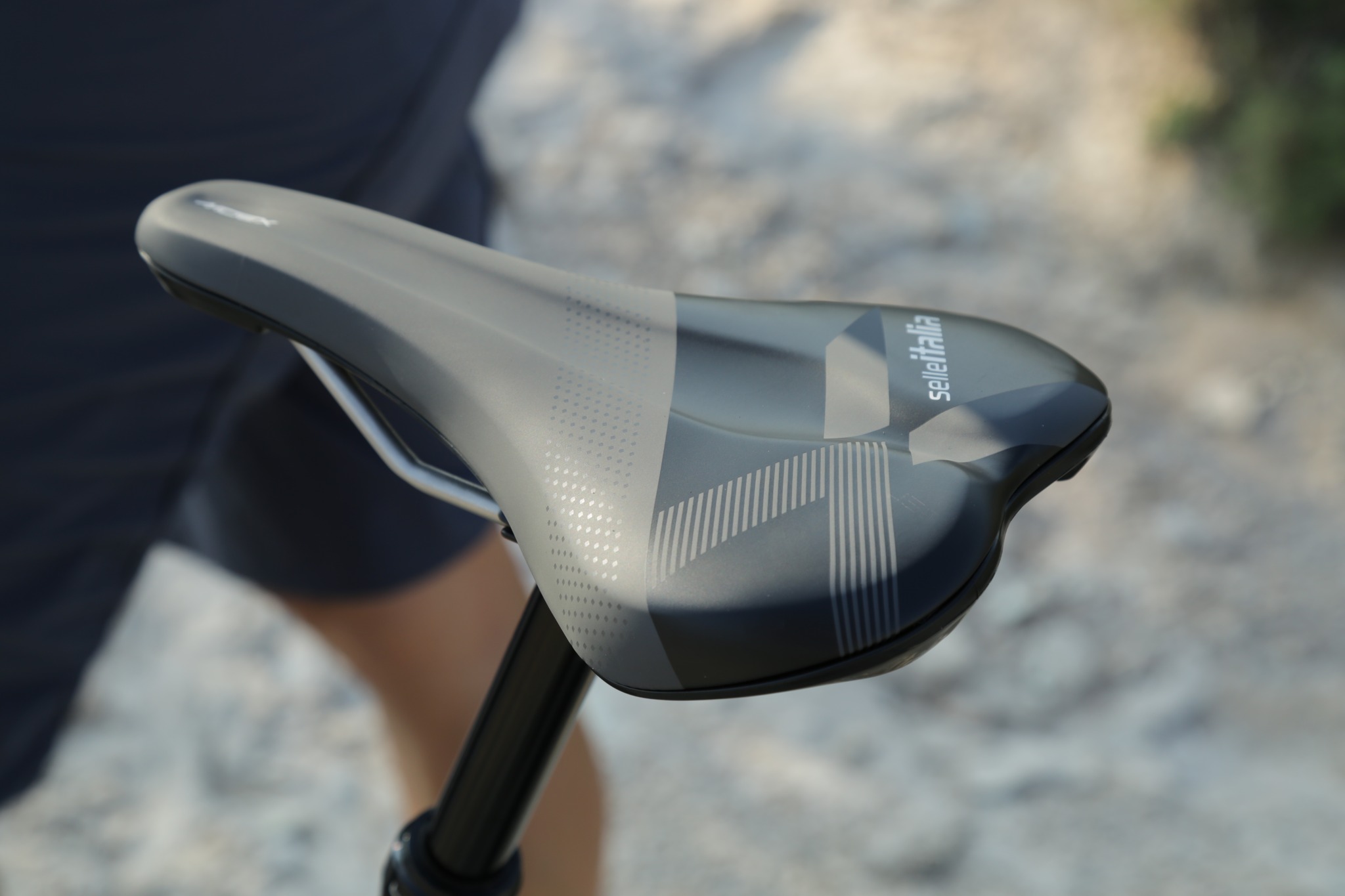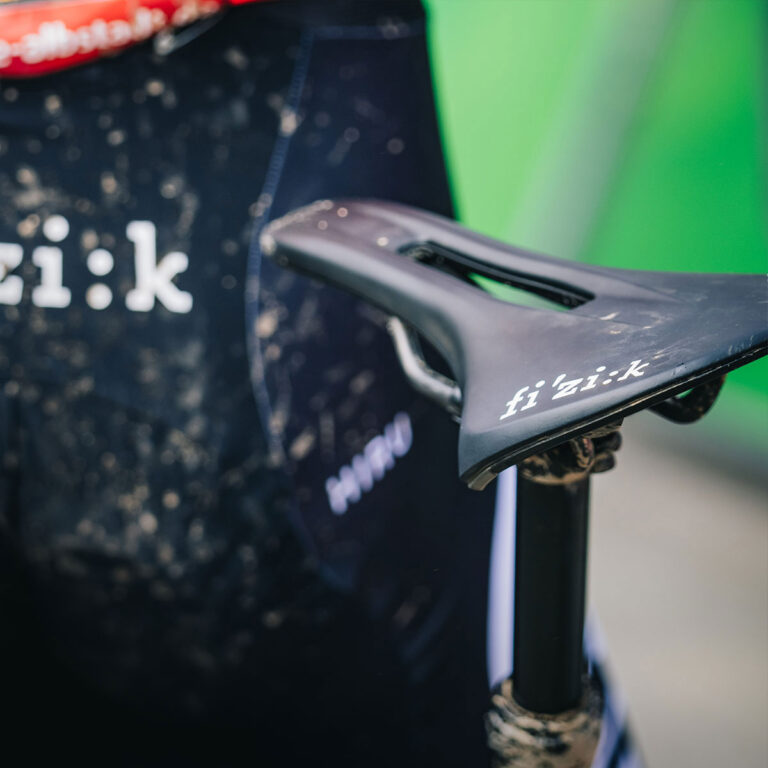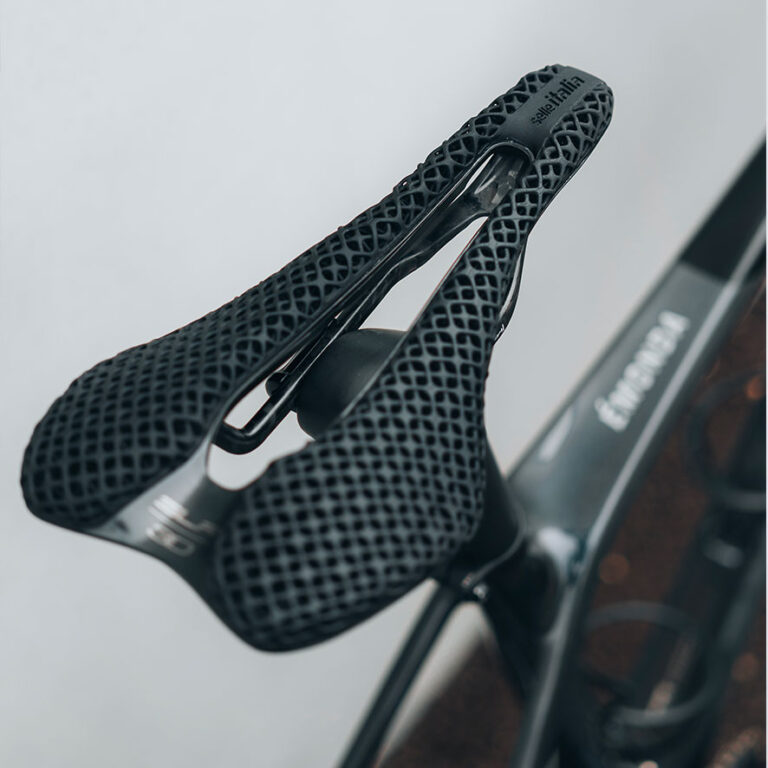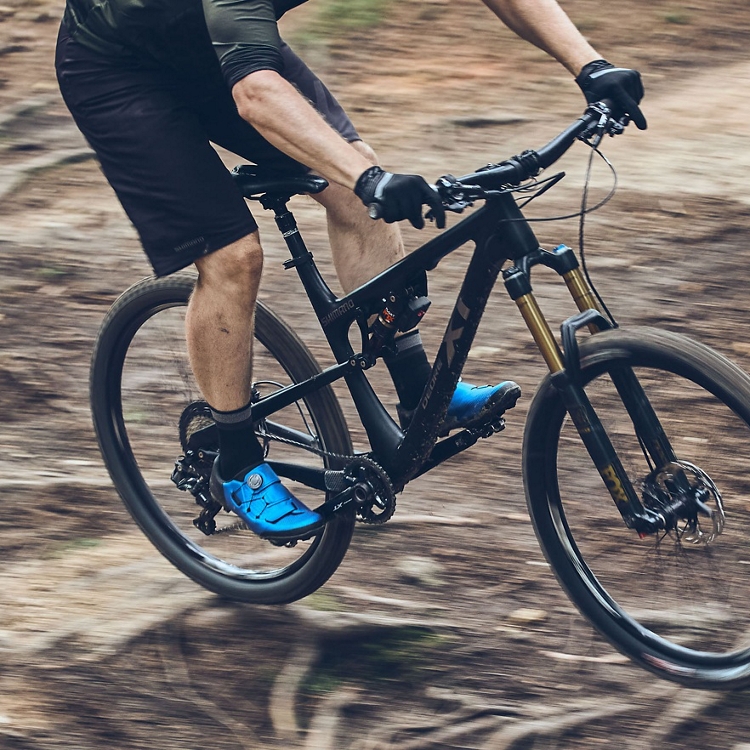Choosing the Right Width in Road Bike Saddles: A Comprehensive Guide
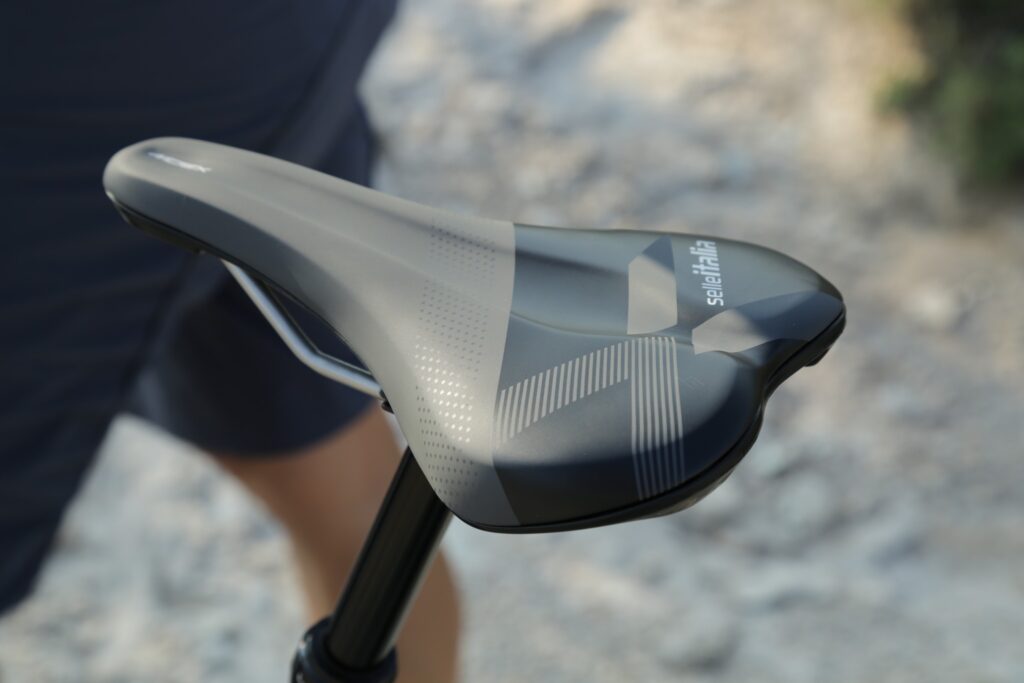
Key Point Summary of Choosing the Right Width in Road Bike Saddles:
- Understanding Saddle Width: It’s the distance between the widest points of the saddle, crucial for supporting your sit bones.
- Importance of Sizing: Proper sizing is essential for comfort, reducing the risk of numbness, pain, or long-term injuries.
- Measuring Sit Bones: A fundamental step in determining the optimal saddle width for your anatomy.
- Saddle Width and Riding Style: How different cycling positions affect the ideal saddle width.
- Trial and Adjustment: The necessity of testing and fine-tuning saddle width for individual comfort.
The journey through the realms of mountain biking, gravel grinding, and cyclocross racing has taught me the undeniable value of a properly fitted saddle. As a master cyclist, the quest for the perfect saddle width on a road bike has been both a personal and professional endeavor.
For beginner to mid-level cyclists embarking on road cycling, understanding the importance of saddle width is crucial for long-term comfort and performance. This guide aims to demystify the process of choosing the right saddle width, ensuring your cycling adventures are both enjoyable and free from unnecessary discomfort.

The Foundation of Comfort: Saddle Width
At the core of selecting a road bike saddle, width plays a pivotal role in aligning with your body’s anatomy, specifically the sit bones (ischial tuberosities). A saddle that’s too narrow fails to provide adequate support, leading to pressure on soft tissues, while one that’s too wide can cause chafing and hinder pedaling efficiency.
Importance of Sizing
The journey to finding the perfect saddle starts with understanding its sizing. Saddle width is not about your body size but rather the spacing of your sit bones. This distinction is crucial as it directly impacts your comfort and overall riding experience. A well-sized saddle supports your weight on the bones rather than the soft tissue, enhancing comfort and reducing the risk of discomfort.
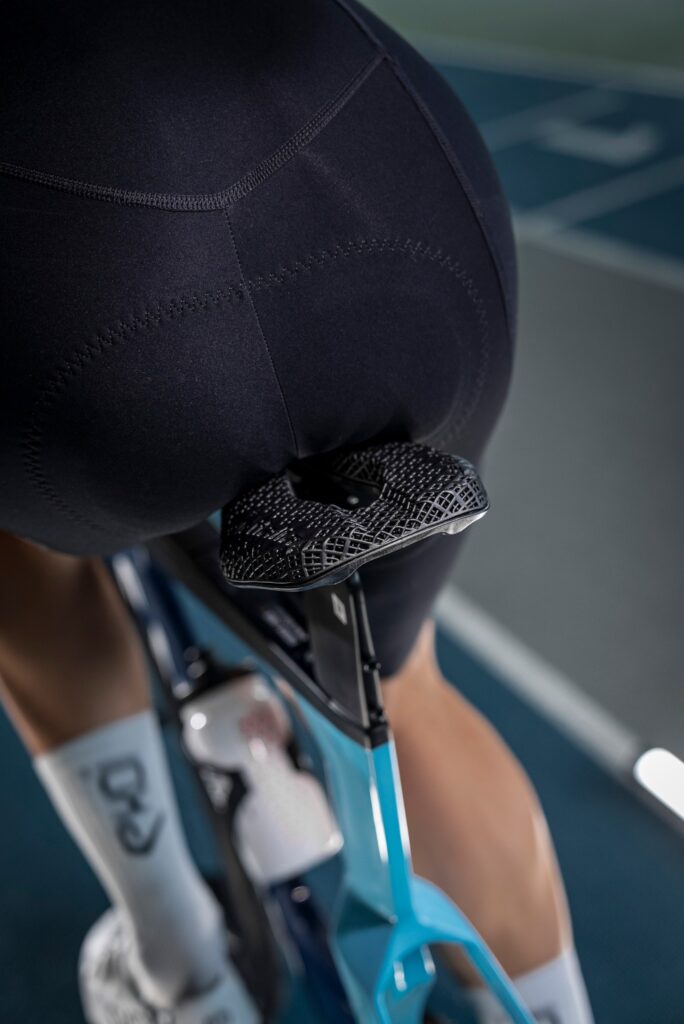
Measuring Sit Bones
The process of measuring sit bones can be straightforward. Many bike shops offer professional fitting services that include sit bone measurement using specialized pads or devices. Alternatively, a simple DIY method involves sitting on a flat surface (like corrugated cardboard) with your weight evenly distributed, and then measuring the distance between the impressions left by your sit bones. This measurement, plus a few millimeters, often provides a good starting point for selecting saddle width.
Saddle Width and Riding Style
Your riding style and position on the bike influence the ideal saddle width. Road cyclists, especially those in a more aggressive, forward-leaning position, may find that their sit bones are narrower compared to when sitting upright. This is due to the pelvic rotation when leaning forward, which requires a slightly narrower saddle compared to a more upright position as seen in touring or casual riding.
Trial and Adjustment
Finding the perfect saddle width is often a process of trial and error. Many cyclists, including myself, have gone through several saddles before finding the one that fits just right. Don’t be discouraged if the first saddle you try isn’t perfect. Pay attention to any discomfort or pressure points during rides, and don’t hesitate to adjust or try different widths if necessary.
Based on the importance of finding the right saddle width, combined with considerations for comfort, efficiency, and personal fit, here are some of the best road bike saddles that cater to a range of sit bone widths and preferences:
- Specialized Power Saddle: Known for its innovative design, the Power Saddle comes in various widths and features a central cutout to reduce pressure on soft tissues, making it ideal for both men and women seeking comfort and performance.
- Fizik Arione: The Arione is designed for riders with greater flexibility and features a long, narrow profile suitable for dynamic riding positions. It’s available in different widths to accommodate various sit bone measurements.
- Selle SMP Well Saddle: Featuring a distinctive design with a pronounced central cutout and eagle-beak tip, the SMP Well is engineered to reduce pressure on soft tissues and is available in multiple widths to suit different riders.
- Bontrager Montrose Elite: This versatile saddle offers a great balance of performance and comfort for all-day rides, with size options to fit a range of sit bone widths and a cutout to alleviate pressure.
Choosing the right saddle involves considering width, shape, and additional features like cutouts for pressure relief. It’s essential to select a saddle that matches your sit bone width and complements your riding style for maximum comfort and efficiency on the road.
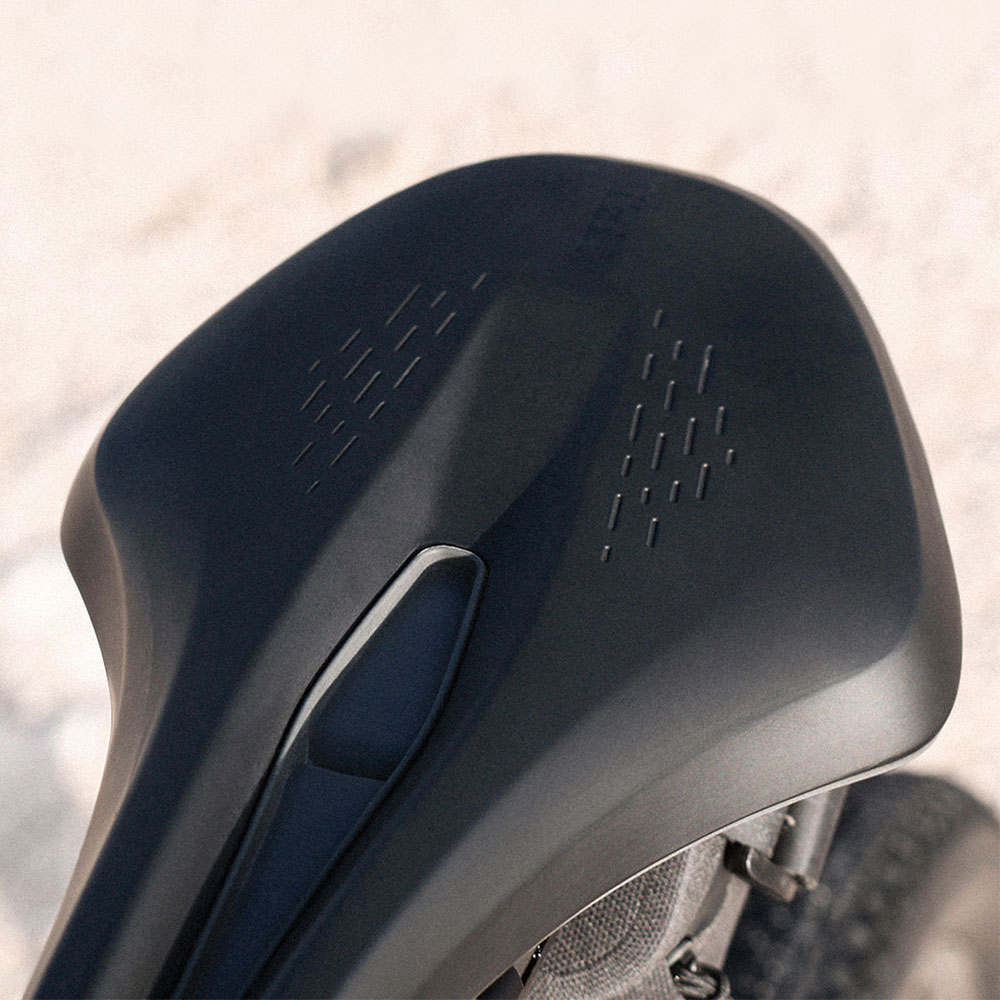
Considerations Beyond Width
While width is critical, other factors such as saddle shape, padding, and material also play a significant role in overall comfort. Some riders may prefer a saddle with a central cutout or relief channel to reduce pressure on sensitive areas, while others might find different shapes or curvature to match their anatomy better.
FAQ
How wide should a road bike saddle be?
A road bike saddle should be wide enough to comfortably support your sit bones, typically ranging from 130mm to 160mm, depending on your sit bone width and riding position.
How do you pick a saddle width?
Measure the distance between your sit bones (either at home or through a bike fit professional) and choose a saddle width that provides adequate support, typically adding 20-30mm to your sit bone measurement for the optimal saddle width.
Is 150mm to wide for a saddle?
Not necessarily; if your sit bone measurement aligns with a 150mm saddle providing the right amount of support without causing chafing or restricting leg movement, then it’s a suitable width for you.
Is a wider or narrower saddle better?
Neither is inherently better; it depends on your anatomy and riding style. A wider saddle is better for upright positions or wider sit bones, while a narrower saddle suits more aggressive riding positions and narrower sit bones.
Final Thoughts
Choosing the right width in road bike saddles is a fundamental step toward ensuring comfort, efficiency, and injury prevention in cycling. By understanding the importance of proper sizing, measuring sit bones accurately, considering your riding style, and being open to trial and adjustment, you can significantly enhance your road cycling experience. The goal is to find a saddle that allows you to enjoy longer rides with greater comfort and performance. Like many aspects of cycling, the perfect fit is personal and worth the effort to achieve.
John
